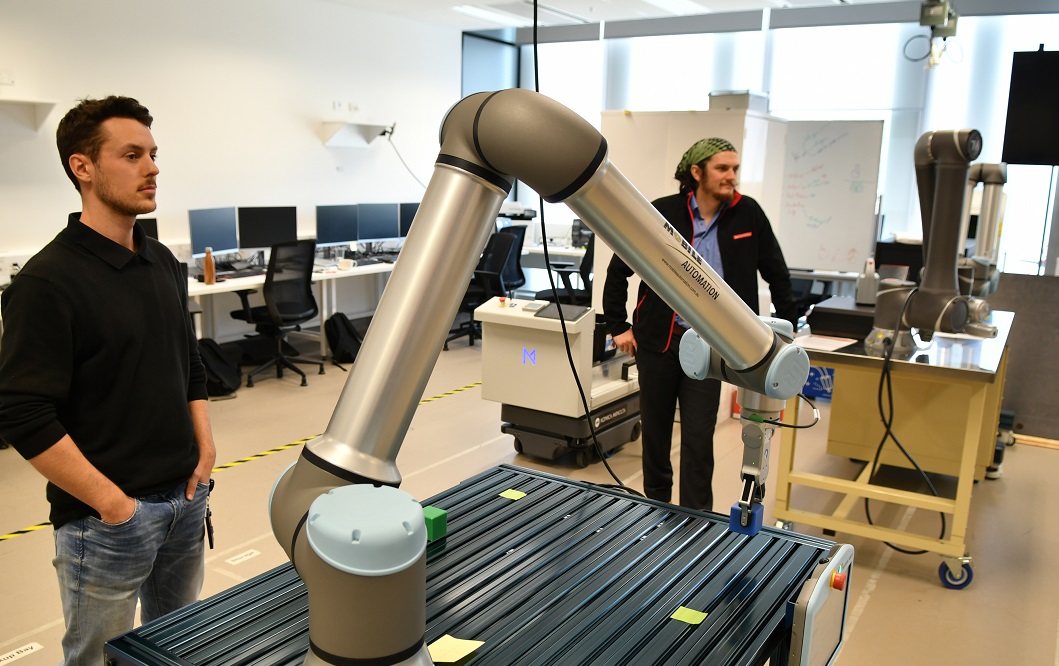
For workers of the future to thrive with robots and artificial intelligence, they will need to learn innovation through strong Work Integrated Learning programs, which can be in the form of apprenticeships, placements or industry-partnered programs.
Flinders University’s Professor Giselle Rampersad has undertaken a study to investigate key factors that drive innovation among Worker Integrated Learning students and has found that upskilling workers with vital innovation capabilities is key for the future employment landscape.

“While there is some fear that robots and artificial intelligence may replace some occupations, workers will remain relevant in a fast-changing career landscape if they are innovative, able to spot opportunities that can transform industries and provide creative solutions to meet global challenges,” says Professor Rampersad.
To develop such capabilities, Work Integrated Learning (WIL) has emerged as an important approach – which Professor Rampersad has investigated with a quantitative, longitudinal study that measures student capabilities before and after participation in a WIL placement at a business.
The study found that critical thinking, problem solving, communication and teamwork have significant impacts on the development of innovation, which is the vital ingredient for workers in the era of artificial intelligence. The study also identifies which areas of WIL programs have been most beneficial, and what areas need more attention to nurture greater innovation.
“Reaping the benefits of industry 4.0 requires a focus on the human factors,” says Professor Rampersad. “Innovation is needed to transition the workforce effectively. This will not only ensure that workers can effectively and confidently use the new technologies but also that they survive and thrive in a quickly changing workplace.”
To measure the effectiveness of current upskilling of workers, Professor Rampersad analysed responses to a questionnaire of more than 100 students (both before and after their placement), who participated in the WIL program.
The paper – Robot will take your job: Innovation for an era of artificial intelligence – has been published in the Journal of Business Research. The study was funded by the Australian Collaborative Education Network (ACEN) in collaboration with Dr Vlatka Zivotic-Kukolj. (https://doi.org/10.1016/j.jbusres.2020.05.019)
Professor Rampersad is pleased that the study has been able to produce a validated tool that quantitatively measures the development of innovation and its drivers.
“Results from this tool can feed back into WIL program development to enhance student preparation and support for skill development,” she says. “It will also be useful in offering feedback to students on their career progression, self-awareness and empowerment for their development.
“For industry and a community looking for innovative solutions to address challenges facing the areas of health, food, environment, manufacturing and the economy, the interaction of talented students with industries and businesses will prove highly beneficial.
“The well-researched and well-developed tool to measure the development of innovation provided by this study can be used to enhance collaboration and innovation between university and industry.
“In an era increasingly characterised by artificial intelligence, rather than fearing the robot, attention is needed on equipping the workforce with innovation skills for the future of work.”

